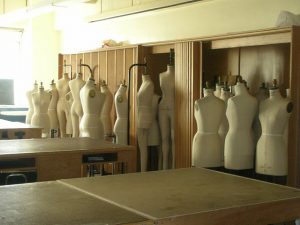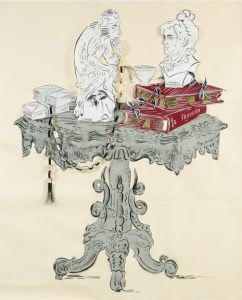This past week I took a break from writing to spend time with aspiring fashion designers, experienced garment manufacturers, talented make-up artists and successful shtreimel-makhers. Lest you think I’ve gone off the deep end or, at the very least, am contemplating a radical career change, worry not. My keeping company with these folks was an extension of my long-time interest in the relationship between fashion and Jewishness rather than an abrupt departure from it.

Under the welcoming aegis of Tent: Encounters with Jewish Culture, a number of Jewish twenty-somethings with a keen interest in fashion came together in Montreal to explore the professional and communal ties that bind them.
I was on hand to provide perspective and context (a k a history). I posed questions, prepared readings, moderated several panels, tied up loose ends and “debriefed” at day’s close. The idea throughout was to engage the participants, or “the group,” as they preferred to be called, in thinking imaginatively and critically about the interaction between the two distinctive cultural systems of fashion and Jewishness, one of which is predicated on novelty and the other on constancy.
Exposure was the name of the game. Exposure, that is, to the vagaries of the marketplace and the dislocations of history, to Moses and Dame Fashion, to Mitchie’s Matchings and Annie Young Cosmetics. A steady parade of people passed before us, sharing their stories, many of which had to do with both success and setbacks, with triumph as well as loss.
It’s hard to tell how deeply these themes registered with the group, some of whom seemed far more interested in their smartphone than in their surroundings. But one thing clearly emerged: When it comes to fashion, there’s a lot more than meets the eye.


